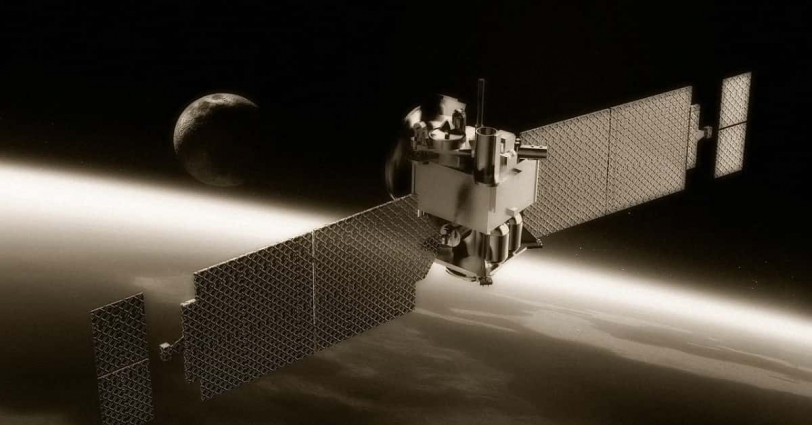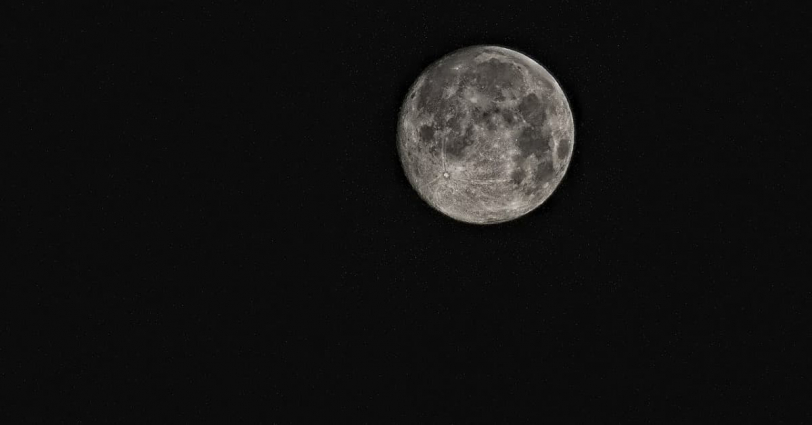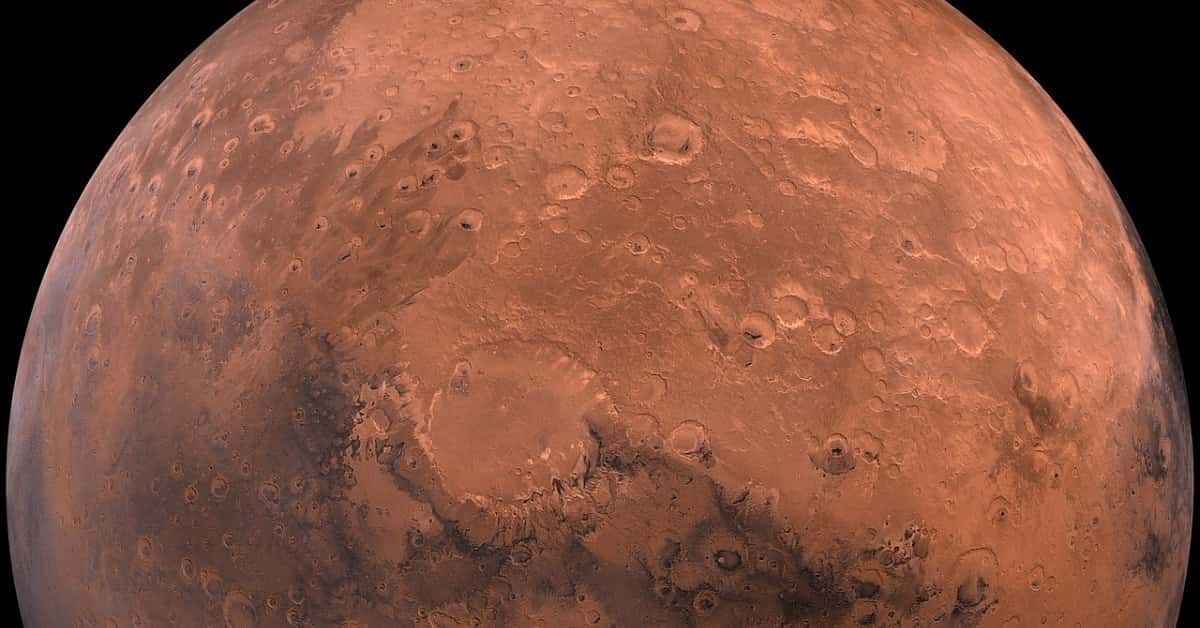I wrote this article in Japanese and translated it into English using ChatGPT. I also used ChatGPT to create the English article title. I did my best to correct any translation mistakes, but please let me know if you find any errors. By the way, I did not use ChatGPT when writing the Japanese article. The entire article was written from scratch by me, Saikawa Goto.
Introduction
Movies and books covered in this article
Three takeaways from this article
- Reached Mars with just 1/7th of America’s budget.
- Can go to Mars with fuel that only lasts until the Moon?
- Reached Mars through ingenuity, caring, and the power of project management.
Self-introduction article


Published Kindle books(Free on Kindle Unlimited)
“The genius Einstein: An easy-to-understand book about interesting science advances that is not too simple based on his life and discoveries: Theory of Relativity, Cosmology and Quantum Theory”
“Why is “lack of imagination” called “communication skills”?: Japanese-specific”negative” communication”
The quotes used in this article are based on notes taken at the movie theater from movies in Japanese and are not direct quotes from the foreign language original movies, even if they exist.
Why Could India Succeed in the Project that Even the United States and Russia Kept Failing?
A Miraculous Story Based on a True Event

This movie is based on the true story of India sending a probe to Mars in 2014.

Honestly, I had forgotten about this news. No doubt it would have been covered in the news, etc, and I should have been aware of this topic at that time. However, I don’t remember it.
I kind of understand why. Because I didn’t have an image that “India’s space development is behind” or anything. India is known as a country good at mathematics and an IT giant. So, I thought that various technological developments would also be at a high level, and even when I saw the news that “India sent a probe to Mars,” I think I could only accept it as “If it’s India, they can do it.”

After watching the movie, I realized that my image of India was wrong.
It’s true that many Indian people are excellent, but unfortunately, such talent does not stay in the country. In the movie, there is a line that says, “All of India’s best scientists work for NASA.” I don’t know if it’s true, but it’s a fact that even in the field of space development, the budget and facilities are completely different. I think it’s natural for talented people to find opportunities outside the country in order to make use of their abilities.

So, at that time, I understood that India’s space development was very poor, even though it’s different now. It cannot be compared with major countries such as America and Russia (I think there was a scene in the movie where the budget of America and India was compared), and although it was not mentioned in the movie, I think the environment was probably much worse than in Japan.
Despite that, India achieved an unbelievable result that shocked the world.

The Incredible Achievement that India Accomplished
Now, let me explain how incredible the project depicted in this movie was.
First of all, it is difficult to even “send a probe to Mars” itself. Recently, NASA made headlines for “landing” a probe on Mars, but to begin with, “sending” a probe to Mars itself is simply difficult. It is more difficult than one might imagine to advance a tremendous distance of several hundred million kilometers without malfunctions or problems.

I don’t remember the exact details, but I think that the movie mentioned that “the United States failed at least 4 times, and Russia failed at least 8 times.” Even big countries spending a lot of money and using advanced technology can fail at sending a probe to Mars. Amazingly, in the midst of all this, India became the first country in the world to send a probe to Mars on the first try (and probably the only one, too).
And that’s not all. As I mentioned earlier, the budget was totally different.
While India was preparing to send a probe to Mars, the United States was in the middle of their umpteenth attempt. The U.S. mission, called “MAVEN,” had a budget of 60 billion rupees. One rupee is worth about 0.01 US dollars, so it’s about 600 million U.S. dollars.

However, due to limited budget, India could only spend a mere 8 billion Rupees, which is only 1/7th of what America spent. Moreover, the budgets of 60 billion Rupees for America and 8 billion Rupees for India are completely different in terms of significance. America had already made multiple attempts at sending a Mars probe, so the knowledge and facilities up to that point could be reused. However, this was India’s first attempt. They had to conduct the mission with only 1/7th of America’s budget, starting from scratch. Furthermore, there were various circumstances, and the budget would be further reduced.
It would be impossible to think normally. India has to conduct a mission that America has failed at multiple times and is trying to spend 60 billion Rupees on, with a budget of less than 8 billion Rupees. It’s almost too reckless.

In this situation, it’s no wonder the world was amazed by the remarkable achievement that no country was able to accomplish.

At the end of the movie, the President’s speech was played (I think it was a real one), which had a very impactful expression about the budget.

Reached Mars with a budget cheaper than Hollywood space movies.
80 billion Rupees is about 80 million US dollars. There would be certainly Hollywood movies made with this budget or less. What was even more impressive was the following statement:
In India, it costs about 10 Rupees to ride an autorickshaw for 1 kilometer. But we reached Mars for just 7 Rupees per kilometer.
The expression “We reached Mars for a fare cheaper than domestic transfers” is truly remarkable and succinctly expresses the incredible feat of the project team.

Victory of Ideas and Leadership
This movie is based on a true story, but I honestly don’t know how much of it is true. However, I write this article assuming that there is no major creations in the technical and project management areas.
In the movie, they overcome their circumstances with ingenuity and resourcefulness, almost as if to say, “If you don’t have money, rely on your ideas.”

From the start of this project, it seemed impossible, as the project team only had a rocket called “PSLV” that could only pack enough fuel to last until Moon.

It’s hard to imagine that a rocket that can only pack enough fuel to last until Moon could reach Mars. However, a housewife-scientist named Tara, who was involved in the project from the beginning, came up with an incredible idea inspired by a minor incident that happened while her maid was cooking at her home. Tara came up with an impossible way to “go to Mars with fuel that can only to last until Moon. Although this method takes longer and has more limited launch schedules, it was a crucial breakthrough for the project.

However, troubles continued to arise. First of all, the budget was tight, and everyone involved in the project was inexperienced in rocketry. Furthermore they all had various personal issues and didn’t have much passion for the project, preferring to go home early.
It was such a disjointed start.
It was largely thanks to the leadership of Rakesh, the project leader, that the mission was successful (at least that’s how it’s depicted in this movie).

Rakesh was a science geek anyway, as he put as follow.
I only have science and space.
He would be someone who could be described as an eccentric. However, contrary to expectations, he is skilled at manipulating people’s emotions. He leads a hard project with no budget or experience, but a set time limit, using his eloquent words.

Let me introduce you to some things.
This project team is composed mostly of women, and one of them became pregnant. Tara, who is also a leader-like figure (the one who came up with the idea of going to Mars using fuel that can only to last until Moon), started making plans to replace her with someone else, citing the need for maternity leave. However, Rakesh put a stop to it.
Opportunities to participate in missions like this don’t come often. Whether or not to take maternity leave should be left up to the individual, and if she chooses to stay, I’ll fully support her.
With these words, he went ahead and created a daycare center within the mission room, creating a more comfortable working environment for the member who gave birth.


In addition, it was a headache for Tara that team members left on time every day.
The idea of reaching Mars with just a small amount of fuel requires launching during the “timing when Earth and Mars are closest, which occurs every 2 years and 2 months”. In other words, if they miss the timing once, they’ll have to wait for 2 years and 2 months. They don’t have that kind of leeway, so a very strict time limit was set for their mission.

And if they calculate backwards, if everyone goes home on time, the project will never get done in time. That’s why Tara was frustrated.
However, the members gathered for this mission were just a random assortment at first, and had no motivation. They didn’t believe that the mission would succeed, and they were the kind of members who would rather leave work on time than get involved in such a difficult situation.

Tara, who lamented the situation, was encouraged by Rakesh with these words:
Mars is a dream for you, but for everyone else, it’s just a job. So, you must made it to be a dream for everyone.
After thinking about it, Tara put a plan into action. This became the starting point for the team to come together as one.

This movie is basically an entertaining work that can be enjoyed, but I also think that it can provide learning from the perspective of “how to move people and lead a project to success.”
Content Introduction
ISRO (Indian Space Research Organisation, like India’s NASA) began preparing for the launch of GSLV (Geosynchronous Satellite Launch Vehicle) with Rakesh Dhawan, a highly capable scientist, as the team leader. Just before the launch countdown ended, an abnormality appeared on Tara’s screen, but she thought it was due to the temperature at the launch site and gave the go signal. However, due to that judgment mistake, GSLV deviated from its orbit and had to be destroyed.

Rakesh was held responsible for the failure and was given a mission to send a probe to Mars by 2022.
This might seem like a promotion, but it wasn’t. Rakesh interpreted they were trying to get him to quit by giving him an impossible mission. Nonetheless, he decided to work on the given mission despite thinking it was “impossible”.

One day, Tara visits Rakesh. Having felt responsible for Rakesh being demoted due to her judgment mistake, Tara presents him with an idea: a way to reach Mars using the fuel that is only enough to reach the moon. It was a highly unconventional method that no one had ever thought of, but Rakesh, being a brilliant scientist, deems it feasible.
They present their idea and try to secure funding…

Impression
It was a really great movie. It was much more interesting than I expected, and I enjoyed it both as a based-on-a-true-story and an entertainment movie.
One reason this movie is good is that “there is almost no scientific depiction.” I like science, but people who have a dislike for science may not prefer movies that involve scientific knowledge. In that sense, too, this movie can be enjoyed by anyone who watches it.
Only the “method of going to Mars with fuel that can only to last until Moon” at the beginning is explained with some science, but after that, difficult scientific topics do not appear. There are dance scenes typical of Indian movies, and while there are serious scenes, overall it is very enjoyable.


However, even in such a context, it accurately portrays the difficulties of a scientific mission and the challenges of motivating people, which adds a dramatic element to the story.
As there are quite a few main characters, it would be difficult to delve into the background of each one. However, although the depictions are somewhat rushed, each team member has their own troubles, and it is inspiring to see them tackle a difficult mission while dealing with those struggles (though I assume some of the character backgrounds are fictionalized).
The team is predominantly female, and while they cannot help but to face more difficulties to “devoting themselves to scientific research” than their male counterparts, there is a wonderful sense of overcoming these difficulties through ingenuity and compassion.

In this movie, Rakesh is depicted as a very charming character. Especially the scene where Rakesh barges into a meeting and dominates the room is impressive. I think the film portrays the goodness of Rakesh as a person, who tries to avoid the crisis of the mission’s survival with his own presentation skills and his cheerful nature.
I thought the actor who played Rakesh looked familiar, but he was a starring in a movie called “Pad Man”. This movie was also made by the same team who worked on “Pad Man,” which is a wonderful movie based on a true story. I hope you watch it.

Conclusion
Even if you do your best, it doesn’t always mean that something impossible becomes possible. The world is not that easy. However, if you stop and say “it’s impossible,” it will remain 100% impossible. The Indian mission accomplished a world first achievement without a budget, experienced professionals, or advanced technology. This mission will encourage anyone who strives to move forward with a goal, despite difficulties.

Published Kindle books(Free on Kindle Unlimited)
“The genius Einstein: An easy-to-understand book about interesting science advances that is not too simple based on his life and discoveries: Theory of Relativity, Cosmology and Quantum Theory”
“Why is “lack of imagination” called “communication skills”?: Japanese-specific”negative” communication”







コメント